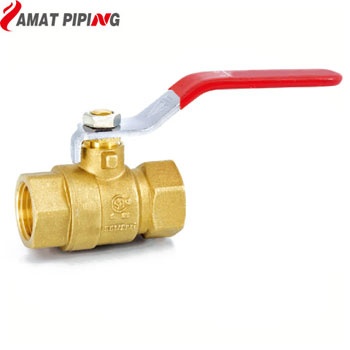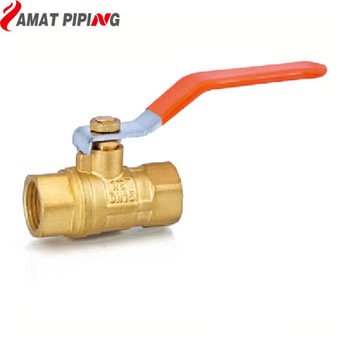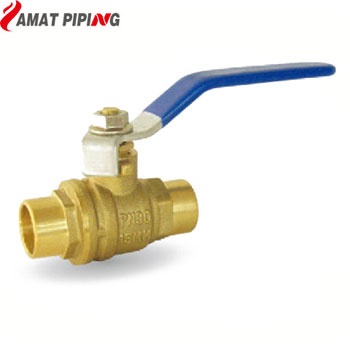News
Buying tips for Various PIPE FLANGES
Pipe Flanges are widely used as a popular category of pipe fittings. A flange is used to mechanically connect two pipes together. It can also be used to mechanically connect a pipe to a tee, valve, choke or any other piece of equipment. Flanges are available in round, square, and rectangular shapes. In some cases, flanges are usually in the shape of a ring or a plate to form a rim at the end of a pipe when fastened to the pipe. This is an example of closet flange.
A flange can also be a plate for covering or closing the end of a pipe. This is a blind flange. Thus, flanges are considered to be projecting or internal components which are used to support mechanical parts. They are like rims which are used to strengthen the mechanical part or they are a means of attaching that part to another part or surface.
1. Materials used:
Various materials used in the making of flanges are as follows:
Steel
Stainless Steels
Cast Iron
Brass
Galvanized steel
Carbon Steel
Aluminum
Copper
Polypropylene
PVC etc.
2. Pipe flange measurements:
Flange's outside diameter (OD): which is measured from outer edge to opposing outer edge.
Thickness: which measures only the thickness of the attaching outer rim, and does not include the part of the flange that holds the pipe.
Bolt circle diameter: which is measure from the center of a bolt hole to the center of the opposing hole.
Pipe size: Pipe flanges also have a corresponding pipe size, generally according to accepted standards.
Nominal bore size: All pipe flanges are sized according to their nominal bore size. It is important when manufacturing and ordering any type of pipe connector to match the bore size of the piece with the bore size of the mating pipe.
3. Designs of flanges:
A wide variety of flange designs are available. They are available in various shapes and sizes. Some of the popular designs are as follows:
Butt weld
Socket weld
Captive
Split
Square
Round
Rectangle etc.
Custom shapes and sizes are also manufactured by numerous manufacturers. Various pipe flanges include machining details such as gasket surfaces, facing details, non-standard drilling, bevel and radius edges, o-ring grooves and raised or recessed faces. Some typical designs on flanges faces are shown below.
Raised Face Counter Bore Radius | Chamfer O-Ring Groove Gasket Surface |
4. How is a flange attached to a pipe?
The flange is attached to the pipe by:
Welding: Welding is a process of fabrication that joins materials, usually made of metals or thermoplastics, by causing coalescence.
Brazing: Brazing is a process of joining similar or dissimilar metals whereby a non-ferrous filler metal or alloy is heated to melting temperature (above 450°C; 800°F).
Screwed fittings: Screwed fittings are like bolts and nuts which are used almost exclusively in smaller pipe sizes and at low pressures.
5. Uses of pipe flanges:
Flanges are used for variety of purposes. The main purpose is to connect pipes but they are also used for connecting other equipments. Flanges are fit to a variety of other components besides pipes. They are fitted to bellows, ducts, wheels, and cameras. We give below the various uses of pipe flanges:
Flanges are also placed on beams to provide additional strength.
They prevent the beam from failing.
They are used for guide, as the flange of a train wheel.
Flanges are used for attachment to another object like for example, the flange on the end of a pipe, steam cylinder, etc.
They are fixed on the lens mount of a camera.
A flanged rail is a type of rail with a flange on one side to keep wheels from running off.
6. Applications of pipe flanges:
Pipe flanges are widely used in pipe fittings of various industrial, commercial and residential applications. Pipe flanges can be customized to suit your application with various machining details. These pipe flanges have been used extensively in:
UHV applications
Hydraulic control systems for turbine generators
High pressure ground support missile systems
Nuclear and conventional power plant applications etc.
7. Types of pipe flanges:
There are basically eight types of pipe flanges. Let us get to know more about these flanges:
Blind Flanges Pipe Flange Bolts  Slip-on Flanges  | Lap Joint Flanges Pipe Flange Gaskets  Socket Weld Flanges  Weldneck Flanges  | Orifice Flanges Reducing Flanges  Threaded Flanges  |
Buying Tips: to buy pipe flanges, the buyers should keep in mind certain factors like:
Size
Standard
Type (Standard): Weld-neck, Blind, Slip-on, Lap-joint, Screwed
Standard facings: Ring-type joint, Raised face, Flat face, Male/female, Tongue/groove
Material: Selection of materials for pipe flanges depends on the piping material and the nature of the application. Material selection depends on certain factors like:
Atmospheric corrosion
Temperature
Strength and
Economy
Other features:
Should be light in weight
Should be quick to assemble
Can hold high pressures
Can be repeatedly disassembled and resealed
Heavy wall thickness
Categories
Contact Us
- +8619541817107
- +8619541817107
- +8615755180258
- info@lamatpiping.com
- matt.19900521@gmail.com
- +8615755180258






